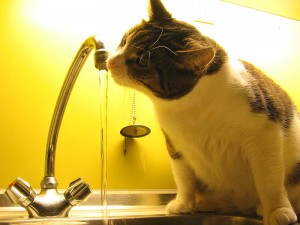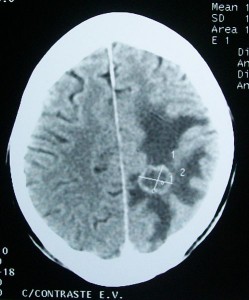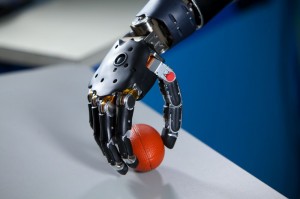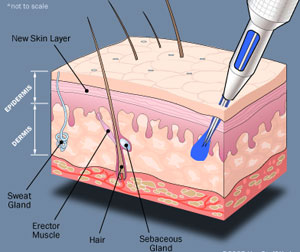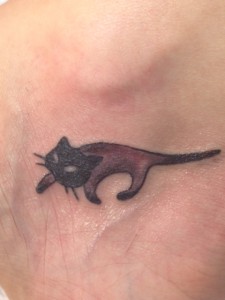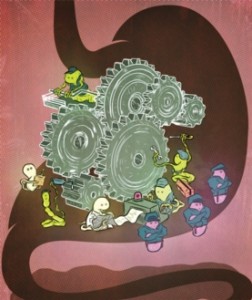Sometimes people want to go back to the past time and fix the problems or future to see what will happen. Time Travel is the most interesting topic in the science.
Understanding Time
Before know about the time travel we have to know about the timeWhat is time? While most people think of time as a constant, physicist Albert Einstein showed that time is an illusion; it is relative — it can vary for different observers depending on your speed through space. To Einstein, time is the “fourth dimension.” Space is described as a three-dimensional arena, which provides a traveler with coordinates.

http://www.fromquarkstoquasars.com/6-ways-to-time-travel-explained/
Through the Wormhole
General relativity also provides scenarios that could allow travelers to go back in time, according to NASA. The equations, however, might be difficult to physically achieve.
One possibility could be to go faster than light, which travels at 186,282 miles per second (299,792 kilometers per second) in a vacuum. Einstein’s equations, though, show that an object at the speed of light would have both infinite mass and a length of 0. This appears to be physically impossible, although some scientists have extended his equations and said it might be done.
A linked possibility, NASA stated, would be to create “wormholes” between points in space-time. While Einstein’s equations provide for them, they would collapse very quickly and would only be suitable for very small particles. Also, scientists haven’t actually observed these wormholes yet. Also, the technology needed to create a wormhole is far beyond anything we have today.
![[Worm Hole Image] http://www.andersoninstitute.com/wormholes.html](https://blogs.ubc.ca/communicatingscience2014w112/files/2014/10/wormhole-characteristics-300x225.jpg)
[Worm Hole Image]
http://www.andersoninstitute.com/wormholes.html

Time Machine
It is generally understood that traveling forward or back in time would require a device — a time machine — to take you there. Time machine research often involves bending space-time so far that time lines turn back on themselves to form a loop, technically known as a “closed time-like curve.”
To accomplish this, time machines often are thought to need an exotic form of matter with so-called “negative energy density.” Such exotic matter has bizarre properties, including moving in the opposite direction of normal matter when pushed. Such matter could theoretically exist, but if it did, it might be present only in quantities too small for the construction of a time machine.
However, time-travel research suggests time machines are possible without exotic matter. The work begins with a doughnut-shaped hole enveloped within a sphere of normal matter. Inside this doughnut-shaped vacuum, space-time could get bent upon itself using focused gravitational fields to form a closed time-like curve. To go back in time, a traveler would race around inside the doughnut, going further back into the past with each lap. This theory has a number of obstacles, however. The gravitational fields required to make such a closed time-like curve would have to be very strong, and manipulating them would have to be very precise.
![[Time Mechanism Image] http://gamasutra.com/blogs/CameronLeBlanc/20130220/187036/Recreating_the_time_mechanics_of_Braid_Part_1.php](https://blogs.ubc.ca/communicatingscience2014w112/files/2014/10/TimeTravel-300x195.jpg)
[Time Mechanism Image]
http://gamasutra.com/blogs/CameronLeBlanc/20130220/187036/Recreating_the_time_mechanics_of_Braid_Part_1.php
So is Time Travel Possible?
While time travel does not appear possible — at least, possible in the sense that the humans would survive it — with the physics that we use today, the field is constantly changing. Advances in quantum theories could perhaps provide some understanding of how to overcome time travel paradoxes.
One possibility, although it would not necessarily lead to time travel, is solving the mystery of how certain particles can communicate instantaneously with each other faster than the speed of light.
In the meantime, however, interested time travelers can at least experience it vicariously through movies, television and books.


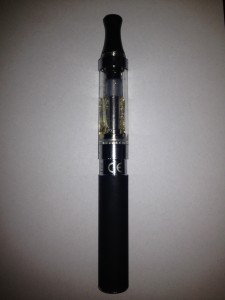






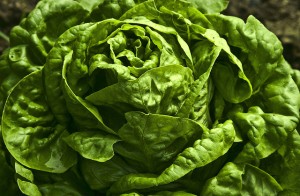


![[Worm Hole Image] http://www.andersoninstitute.com/wormholes.html](https://blogs.ubc.ca/communicatingscience2014w112/files/2014/10/wormhole-characteristics-300x225.jpg)

![[Time Mechanism Image] http://gamasutra.com/blogs/CameronLeBlanc/20130220/187036/Recreating_the_time_mechanics_of_Braid_Part_1.php](https://blogs.ubc.ca/communicatingscience2014w112/files/2014/10/TimeTravel-300x195.jpg)

